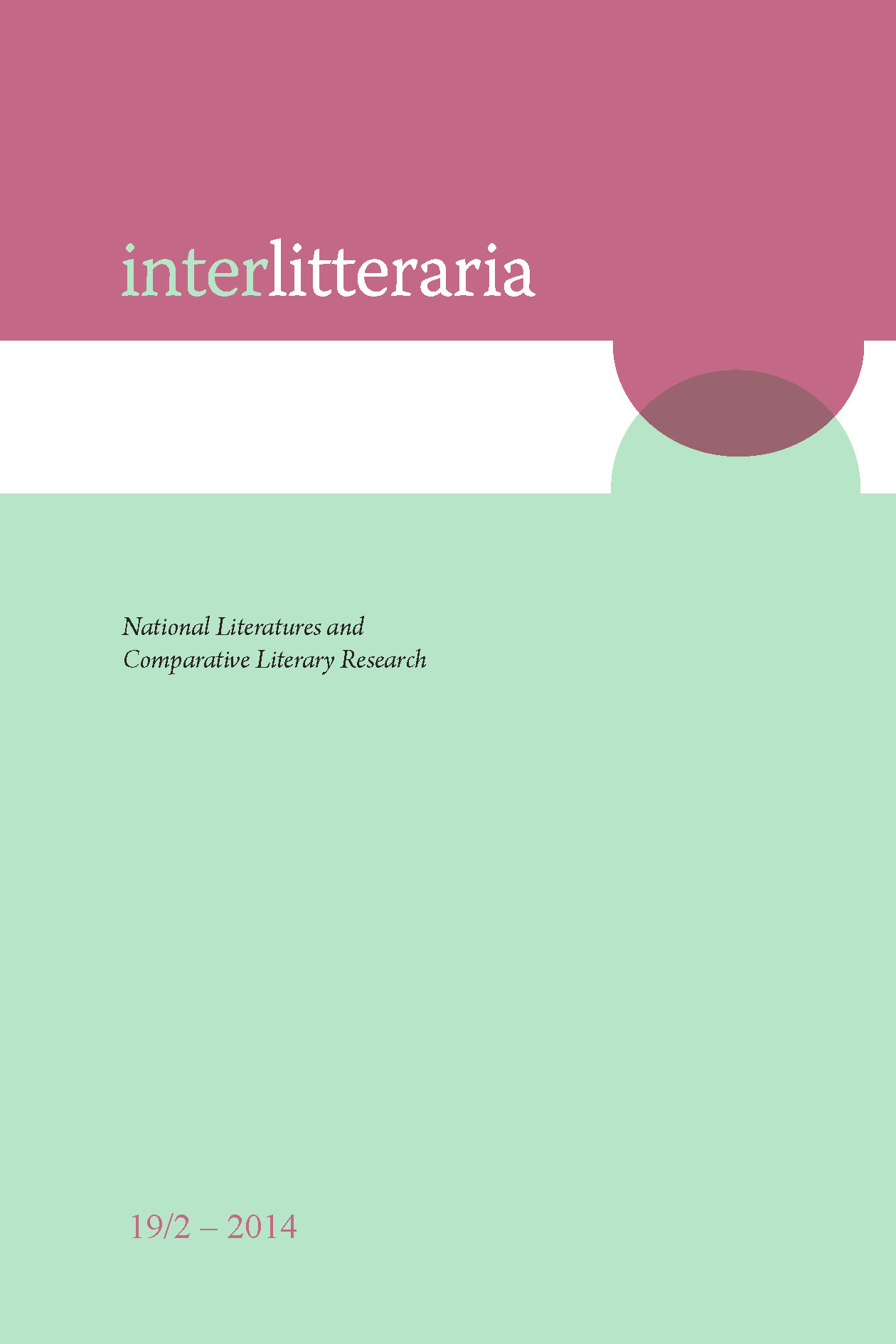About Rhetorical “Gestures” of Estonian Culture
DOI:
https://doi.org/10.12697/IL.2014.19.2.7Keywords:
internal communication of culture, idiomatics, Estonian literature as a source of cultural passwordsAbstract
The paper focuses on the analysis of certain phrases of literary origin currently used in Estonian culture. The theoretical-methodological starting point is the paradigm of cultural semiotics. According to the theory the production, exchange, processing and retention of signs (resp information) is by its nature communication. In such communication socio-cultural (having an impact on social relations) and rhetorical (having an impact on the social and cultural discourse) aspects are distinguished. The phrases of literary or other origin (e.g. political texts) used in the language generally differ from the phraseologisms originating from the folklore and idioms in that they are not used for beautifying the language so to say (as a figure of speech) but to refer to the fundamental (meta-communicative) associations and act as passwords of collective identity. Therefore, they can be identified as rhetorical gestures. The article takes a closer look at phrases, which have become rhetorical gestures taken from the masterpieces of Estonian literary culture such as Henrik’s Livonian Chronicles, Fr. R. Kreutzwald’s epic Kalevipoeg (Kalev’s Son), poetry by Juhan Liiv, Kevade (Spring) by Oskar Luts, and Tõde ja õigus (Truth and Justice) by A. H. Tammsaare.Downloads
Download data is not yet available.
Downloads
Published
2014-12-19
Issue
Section
Articles
License
The contents of Interlitteraria are published under CC BY-NC-ND licence.


